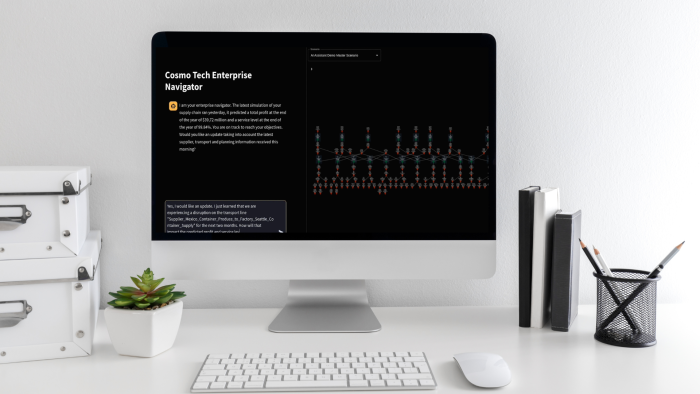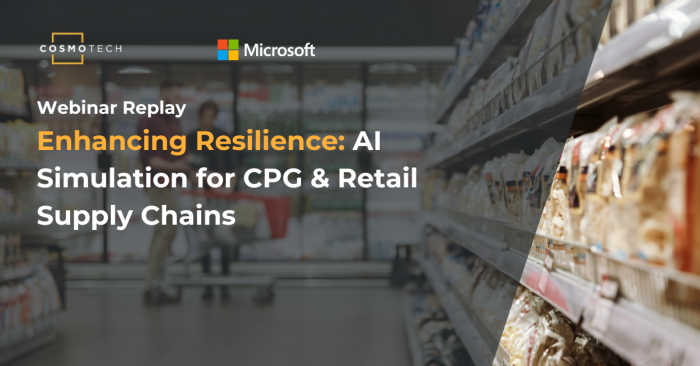Where are the hidden cost optimizations in your supply chain?
By playing with different variables in your model, such as the available stock in a warehouse, a more expensive but faster shipping option, or decreased/increased plant output, you are able to find optimizations by examining downstream effects. Rather than experimenting one variable at a time, with these simulations, you’re able to play with many variables at once – which can surface some unforeseen results.
How can you account for uncertain demand?
By running simulations with decreased demand for certain products, you are able to see which links in your supply chain also need to be decreased, and optimize the chain given this new demand. This robust supply chain planning allows you to concentrate on future what-if plans while knowing what needs to be done right now.
What can you do about a disrupted supply chain?
Suppliers, logistics networks, and business contacts may all operate at a different rhythm now than what you are accustomed to. By inputting these new values into your model and running your supply chain simulations, you’re able to see where other links in the chain can make up for lost time, or where it’s time to find a new alternative to ensure supply chain resiliency.




